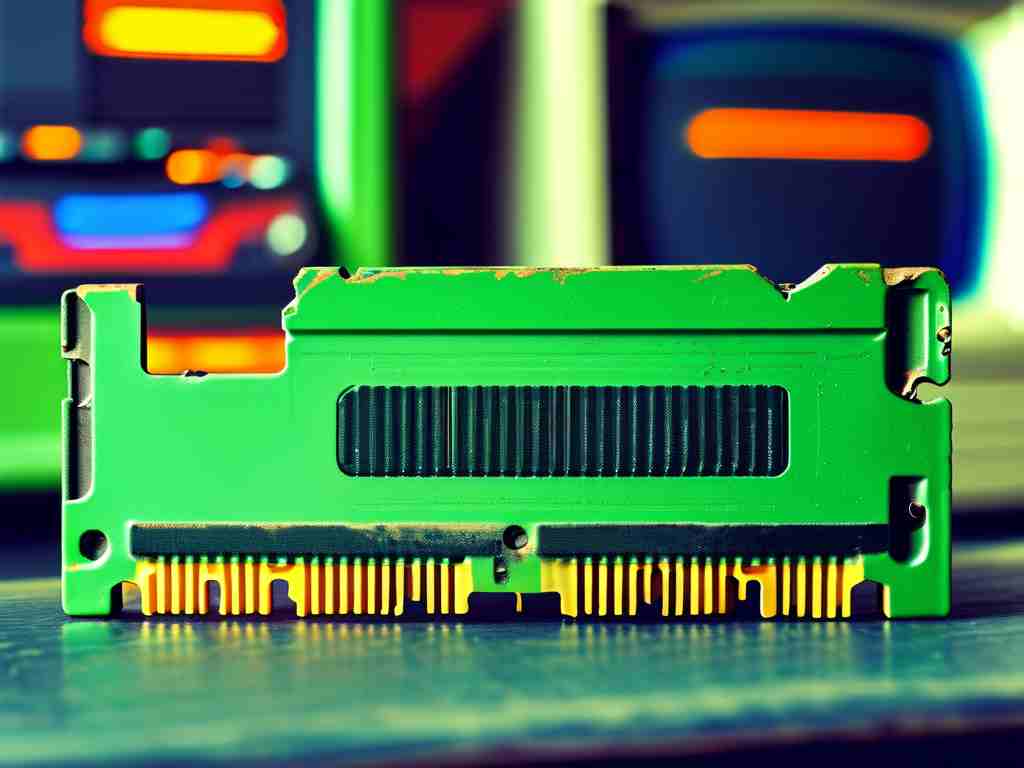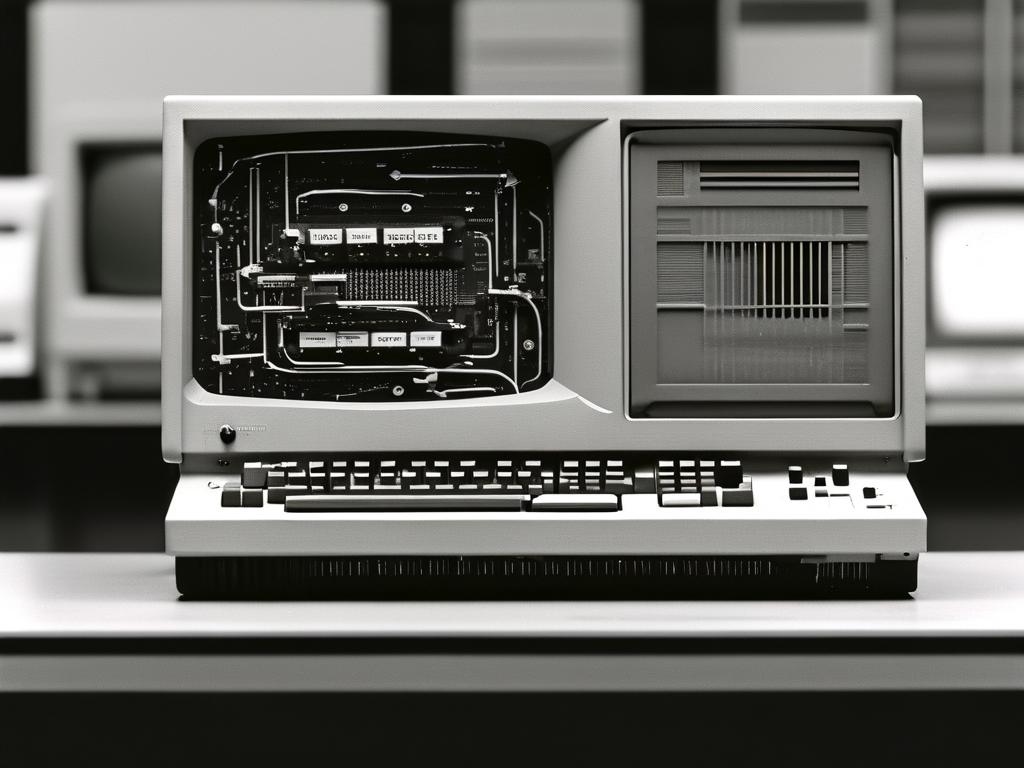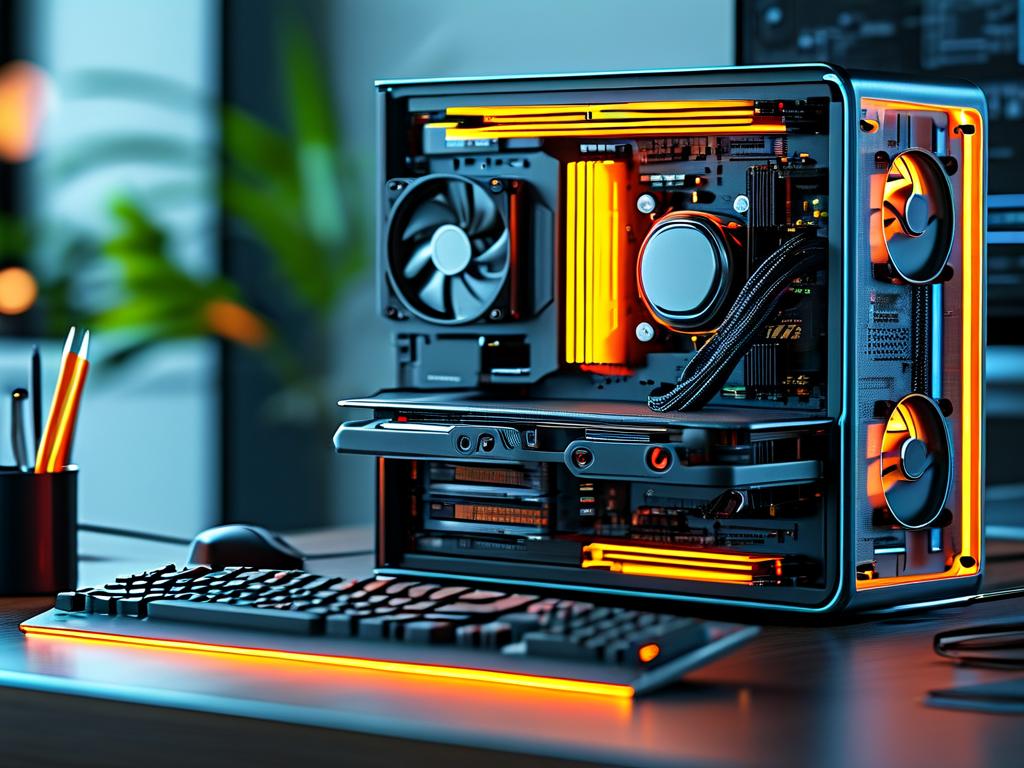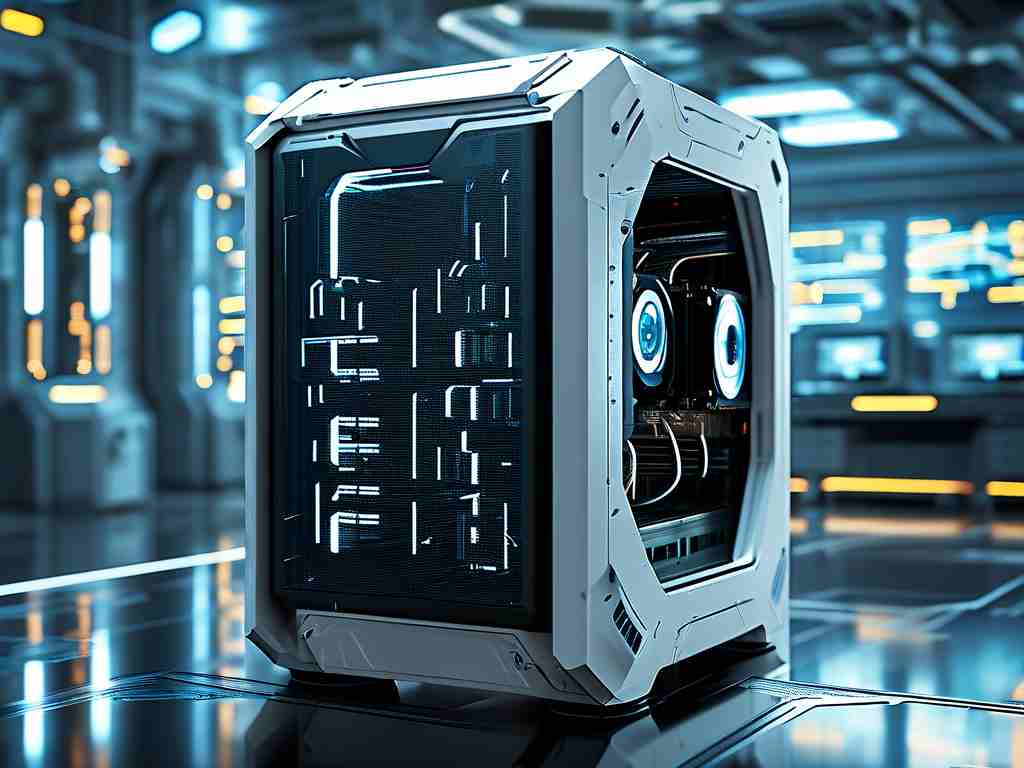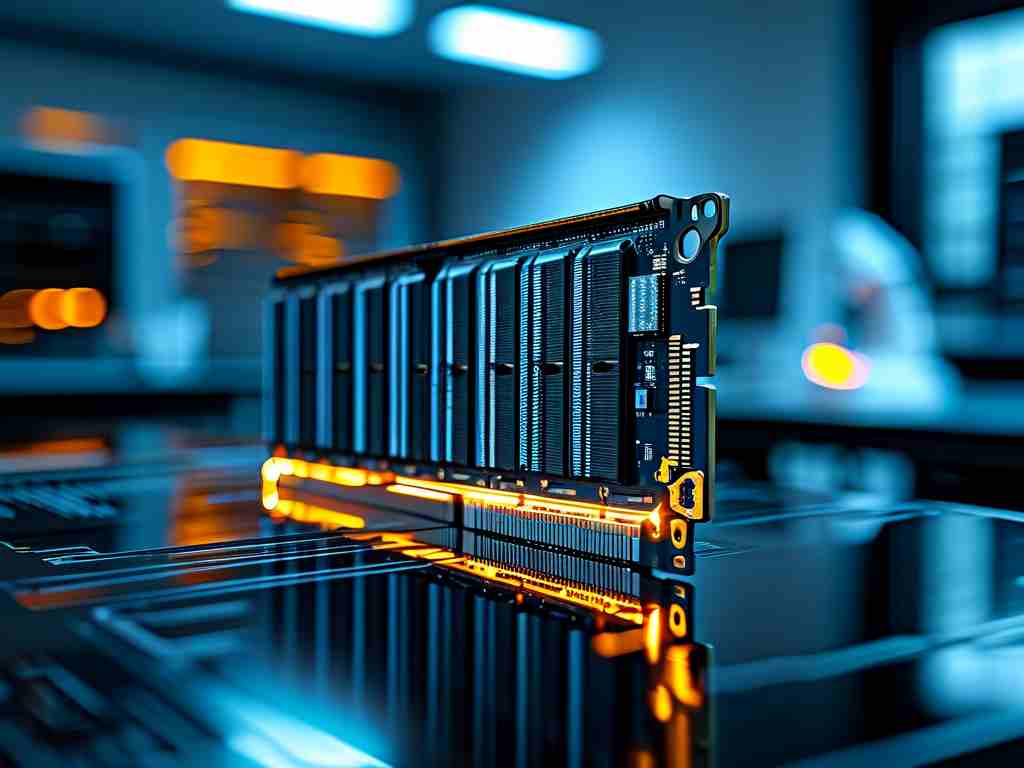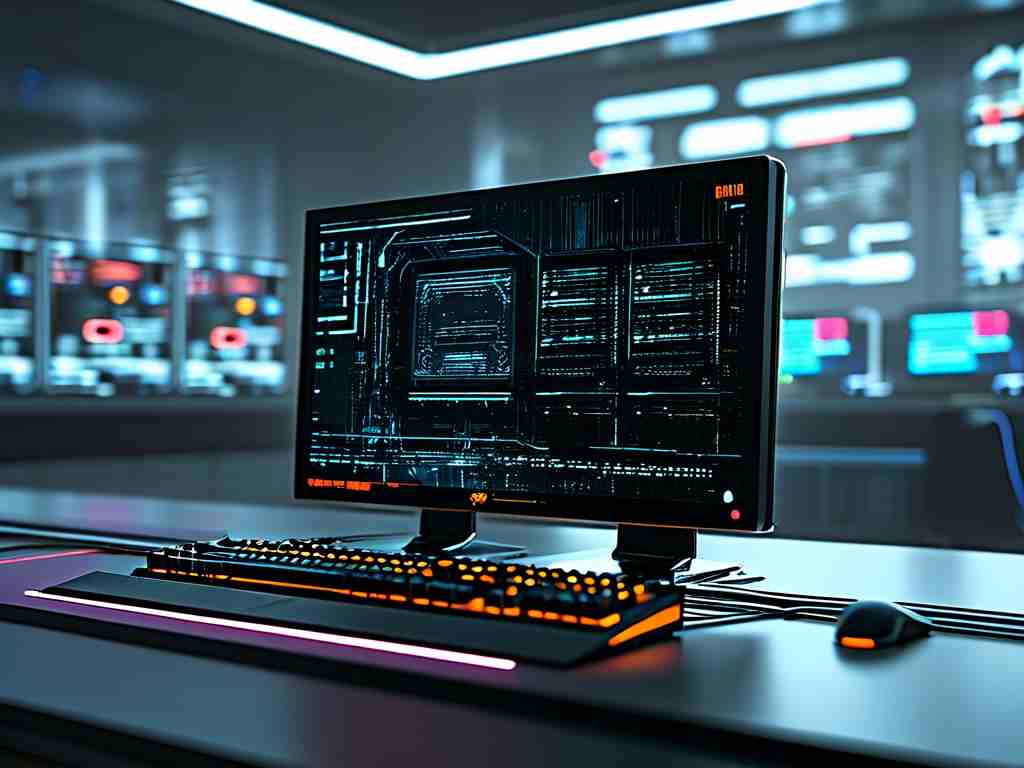The rapid evolution of computer memory hardware continues to redefine performance benchmarks across industries. From gaming rigs to data centers, advancements in memory technology are unlocking unprecedented speeds and efficiency. This article explores the latest developments in memory hardware, their practical applications, and what they mean for the future of computing.
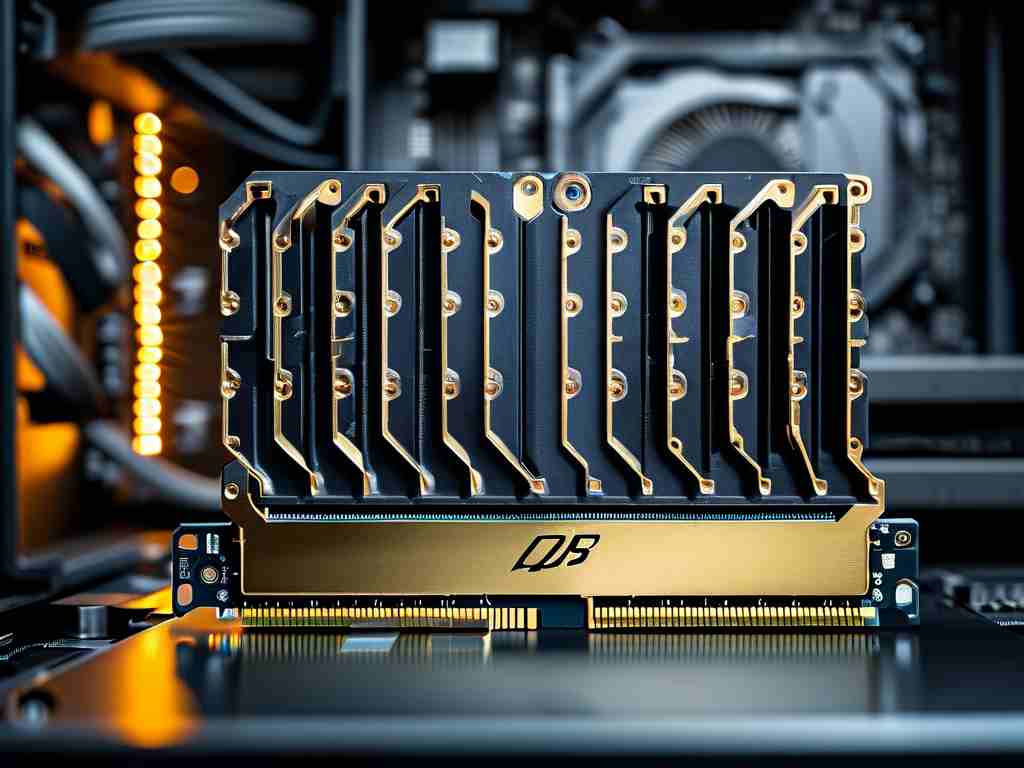
DDR5: The New Standard for Speed
DDR5 memory has emerged as a game-changer, offering double the bandwidth of its predecessor, DDR4. With base speeds starting at 4800 MT/s, DDR5 modules now support capacities up to 128GB per stick, catering to high-performance workloads like 3D rendering and machine learning. Manufacturers like Samsung and Micron have introduced low-voltage variants, reducing power consumption by 20% while maintaining stability—a critical feature for enterprise servers and portable devices.
GDDR6X: Powering Next-Gen Graphics
Graphics-intensive applications are benefiting from GDDR6X technology, which delivers data rates exceeding 21 Gbps. NVIDIA’s RTX 40-series GPUs leverage this memory to enable real-time ray tracing at 4K resolutions. What sets GDDR6X apart is its PAM4 signaling, a method borrowed from networking hardware that allows twice the data transfer per cycle compared to traditional GDDR6. This innovation addresses the growing demand for seamless VR experiences and 8K video editing.
LPDDR5X: Mobile Efficiency Redefined
The mobile computing sector has embraced LPDDR5X, a low-power memory standard achieving speeds up to 8533 Mbps. Smartphones like the Galaxy S23 Ultra utilize this technology to enhance AI-driven camera features and multitasking capabilities. Qualcomm’s Snapdragon 8 Gen 2 processors now integrate LPDDR5X controllers, enabling 35% faster app launches and 50% improved energy efficiency during background tasks—a leap forward for always-on devices.
3D Stacking and Hybrid Memory Cubes
Beyond planar designs, 3D-stacked memory architectures are gaining traction. Intel’s Optane Persistent Memory combines DRAM and NAND layers in vertical stacks, offering terabyte-scale capacities with nanosecond latency. Similarly, AMD’s V-Cache technology triple-stacks SRAM directly atop processors, boosting gaming performance by 15% without increasing chip size. These approaches solve the “memory wall” problem—the historical gap between CPU speed and memory throughput.
Emerging Technologies: CXL and Optical Memory
The Compute Express Link (CXL) protocol is reshaping memory pooling in data centers. By allowing CPUs, GPUs, and accelerators to share a unified memory space, CXL 3.0 reduces data redundancy and cuts latency by 40% in AI training clusters. Meanwhile, research teams at MIT have demonstrated prototype optical RAM chips using silicon photonics, achieving data transfers at 95% light speed—a potential foundation for exascale computing systems.
Sustainability in Memory Manufacturing
As demand grows, manufacturers are addressing environmental concerns. SK Hynix recently unveiled recyclable substrate materials for DDR5 modules, decreasing e-waste by 30%. Crucial’s latest SSDs incorporate dynamic voltage scaling, adjusting power draw based on workload—a feature that’s saved an estimated 4.2 terawatt-hours annually across deployed units.
The Road Ahead
Industry analysts predict that by 2025, non-volatile memory designs will blur the line between storage and RAM, enabling instant-on systems. With quantum memory research making strides in error correction, we may see the first commercial quantum RAM modules within the decade. For now, the focus remains on refining existing technologies to meet the insatiable data needs of AI, metaverse platforms, and autonomous systems.
In , today’s memory innovations aren’t just about bigger numbers—they represent a fundamental shift in how data moves through systems. As these technologies mature, they’ll empower developers to create applications we’ve only begun to imagine.


